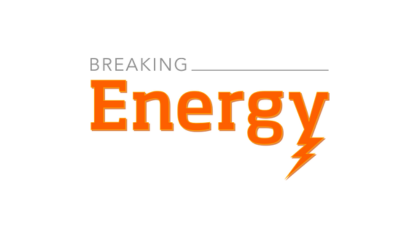
The debate surrounding the use of hydraulic fracturing and horizontal drilling as part of oil and natural gas development has certainly reached the national stage, but the American Petroleum Institute – the industry lobby – has not lost sight of stakeholders at the state level.
The group is holding a series of workshops in various cities throughout the country designed to educate interested parties about how API creates industry standards and guidance. When followed by drillers and contractors, those practices are intended to ensure safety and responsible environmental stewardship. Breaking Energy attended one of these workshops earlier this month in the New York the state capital of Albany.
The industry was represented by New York State Petroleum Council Executive Director, Karen Moreau; Independent Oil & Gas Association of New York member John Holko; Geologist and Industry Consultant Jeff Brami; and API executive David Miller. The audience consisted of local government officials, community members and other interested parties.
The industry representatives provided a detailed technical summary of hydraulic fracturing and its history in New York State. The practice has been used for decades, but almost entirely in conjunction with vertical wells, not the horizontal wells drilled today that require greater volumes of water to fracture. John Holko, a thirty-year industry veteran, described the drilling and fracturing technology being employed today as “the greatest opportunity in energy he has ever seen.”
Jeff Brami, a former ExxonMobil geologist, gave a detailed presentation about how the modern technology works and how API’s best practices standards are meant to protect human health and the environment. Brami said his goal was to “bring some science to the hysteria, misinformation and bizarre claims about fracking.”
Public Concerns
In addition to the technical presentations, the workshop provided ample opportunity for public questions and comments. The main issues raised by the audience were job creation, water issues and public health.
With regard to the approximate number of jobs created per well, Moreau described her personal experiences visiting job sites in Pennsylvania and other nearby communities where fracking is underway. She said the operations employ many local contractors including welders and electricians. The drilling crews are comprised of roughly 80% local labor and the economic benefits permeate local communities by creating many supporting roles like trucking and hospitality jobs.
A representative of the City of Oneonta expressed concern over the volumes of water required for these drilling operations, how the water is managed and disposal. It is currently legal to hydraulically fracture wells in New York – even horizontal wells – provided the operator uses less than 80,000 gallons of water. However, the industry trend is toward the longer lateral wells and multiple fracturing stages – which increases efficiency and profitability – that generally require far more than 80,000 gallons.
Another audience member, a local environmental health department employee, was concerned that the industry was not adequately addressing the potential human health aspects associated with fracking chemical usage. David Miller said the technical requirements in API’s standards stipulate fracking should only be conducted below minimum drinking water aquifer depths designed to ensure chemical migration cannot occur.
API’s standards also include background drinking water well testing requirements. While API does not track human health data specifically, the organization is open to discussing these kinds of issues with any concerned stakeholders, Miller said.
